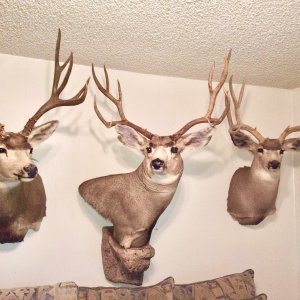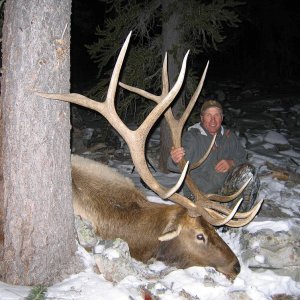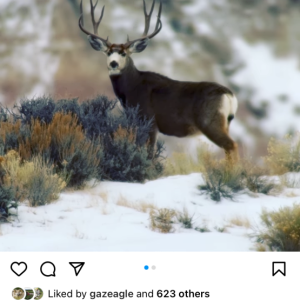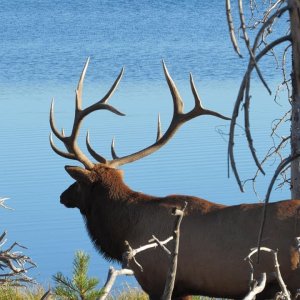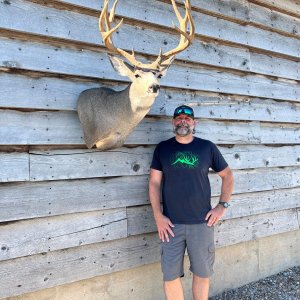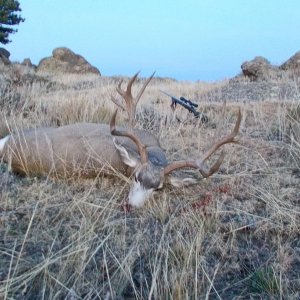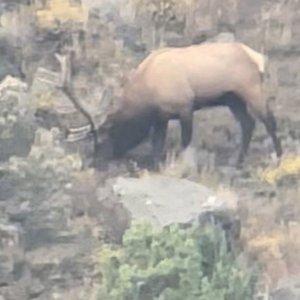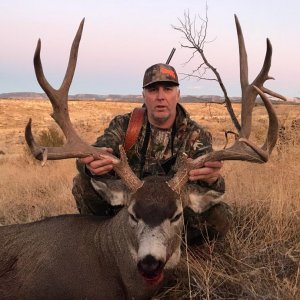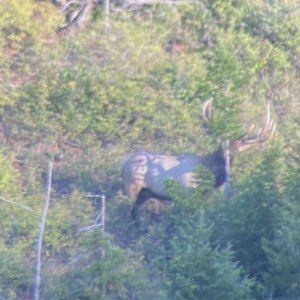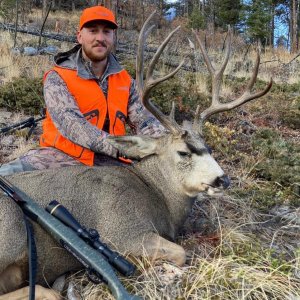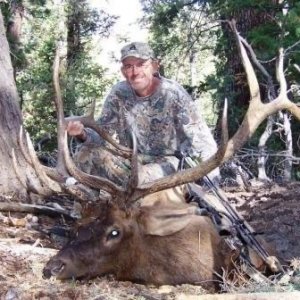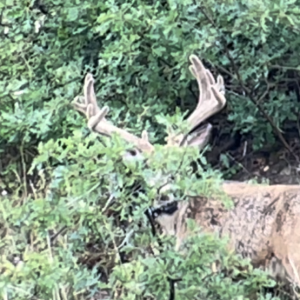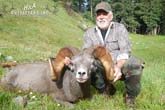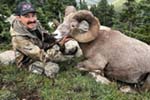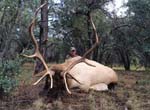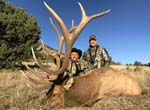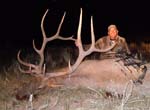B
balz
Guest
Here is some information that you didn't even know you wanted to know.
This is the official kill record released to all of last years Hunters that would have hunted the Stallion Range this information is only from one hunt but is a very good example of what both the Stallion and Rhodes Canyon hunts were like last year.
February 16-17, 2008 Stallion Range Oryx Hunt Summary
# %
Permits 107
Hunters 106 99%
Denied Entry 0 0%
Violations 0 0%
Kills 92 86%
Adults 60 66%
Adult Bulls 29 48%
Adult Cows 31 52%
Reported Pregnant 12 38%
Subadults 32 34%
All Bulls 44 47%
All Cows 48 53%
Non-Typical 29 31%
The two numbers I would like you to pay the most attention to are the Subadult kills and the Non-Typical kills. Now taking into account that I have never seen a non-typical brownie in three years of setting outside of the gate and watching each Oryx leave the hunt area. I am left with the feeling that the 31% of Non-typicals were all adult animals. Leaving the 34% Sub-adults all to themselves.
The point I am trying to make is this, if the two catagories do not overlap then when the missle range is saying there is a high 80's or low 90's success rate on the range they are not taking into account how many of the animals are less than what we all hope to harvest when we come to a once in a lifetime hunt. By my calculations we are talking almost 2/3's of the Oryx are less than a "good representation of the species".
The only catch to this whole equation is that there are broken horn hunters added into this equation that can only harvest animals that do have broken horns. This number is not shown but I can tell you that the average number of broken horn hunters harvesting each hunt was typically between 8-10 animals out of a possible 15. This throws my numbers off a little but not very much as there were some hunts the number of successful broken horn hunters was less sometimes it was more.
In conclusion I would like to refer back to the post that compass west posted a couple of days ago that showed what the success rates were for guided hunters versus non-guided hunters. The difference was 7% making it look like there was only a 7% better odds of harvesting an Oryx if you chose to book a guide for your hunt. What those numbers do not tell you is that all 91% of the guided hunters took "good representations of the species".
If you are from out of state or have never spent any time on the range and are at all worried about the quality of the animal you may or may not kill I would seriously consider some help on these hunts. The amount of money already invested is so much that it is truly a shame to see hunters go home empty handed or with a less than desirable Oryx, from a hunt like this. Hope this shines some light on to the current situation of the Oryx Hunting. If you have any questions feel free to post or pm me and if I dont know the answer I probaly know someone who does.
Jordan
This is the official kill record released to all of last years Hunters that would have hunted the Stallion Range this information is only from one hunt but is a very good example of what both the Stallion and Rhodes Canyon hunts were like last year.
February 16-17, 2008 Stallion Range Oryx Hunt Summary
# %
Permits 107
Hunters 106 99%
Denied Entry 0 0%
Violations 0 0%
Kills 92 86%
Adults 60 66%
Adult Bulls 29 48%
Adult Cows 31 52%
Reported Pregnant 12 38%
Subadults 32 34%
All Bulls 44 47%
All Cows 48 53%
Non-Typical 29 31%
The two numbers I would like you to pay the most attention to are the Subadult kills and the Non-Typical kills. Now taking into account that I have never seen a non-typical brownie in three years of setting outside of the gate and watching each Oryx leave the hunt area. I am left with the feeling that the 31% of Non-typicals were all adult animals. Leaving the 34% Sub-adults all to themselves.
The point I am trying to make is this, if the two catagories do not overlap then when the missle range is saying there is a high 80's or low 90's success rate on the range they are not taking into account how many of the animals are less than what we all hope to harvest when we come to a once in a lifetime hunt. By my calculations we are talking almost 2/3's of the Oryx are less than a "good representation of the species".
The only catch to this whole equation is that there are broken horn hunters added into this equation that can only harvest animals that do have broken horns. This number is not shown but I can tell you that the average number of broken horn hunters harvesting each hunt was typically between 8-10 animals out of a possible 15. This throws my numbers off a little but not very much as there were some hunts the number of successful broken horn hunters was less sometimes it was more.
In conclusion I would like to refer back to the post that compass west posted a couple of days ago that showed what the success rates were for guided hunters versus non-guided hunters. The difference was 7% making it look like there was only a 7% better odds of harvesting an Oryx if you chose to book a guide for your hunt. What those numbers do not tell you is that all 91% of the guided hunters took "good representations of the species".
If you are from out of state or have never spent any time on the range and are at all worried about the quality of the animal you may or may not kill I would seriously consider some help on these hunts. The amount of money already invested is so much that it is truly a shame to see hunters go home empty handed or with a less than desirable Oryx, from a hunt like this. Hope this shines some light on to the current situation of the Oryx Hunting. If you have any questions feel free to post or pm me and if I dont know the answer I probaly know someone who does.
Jordan

